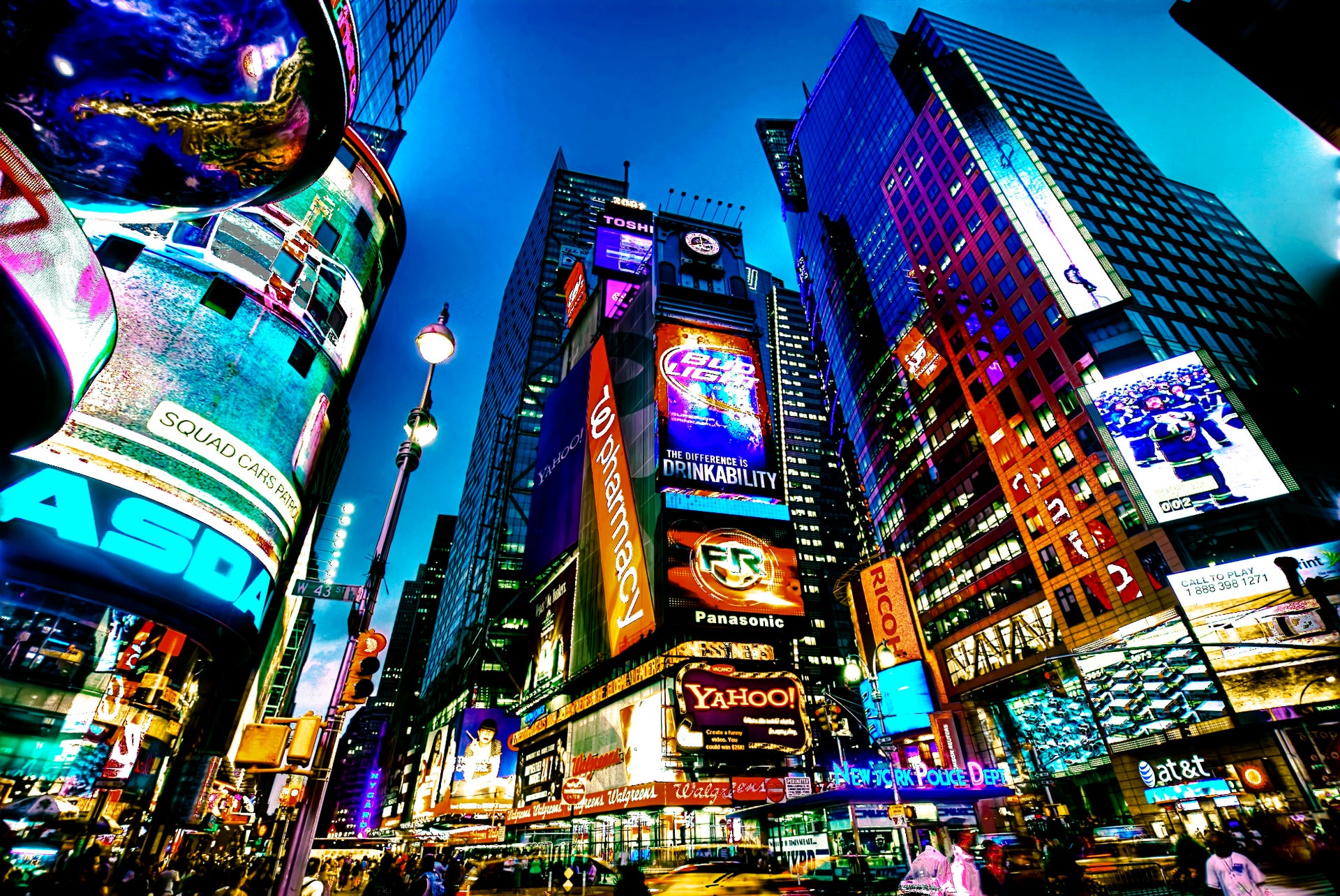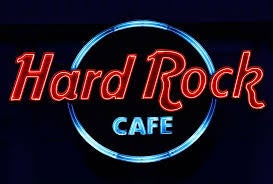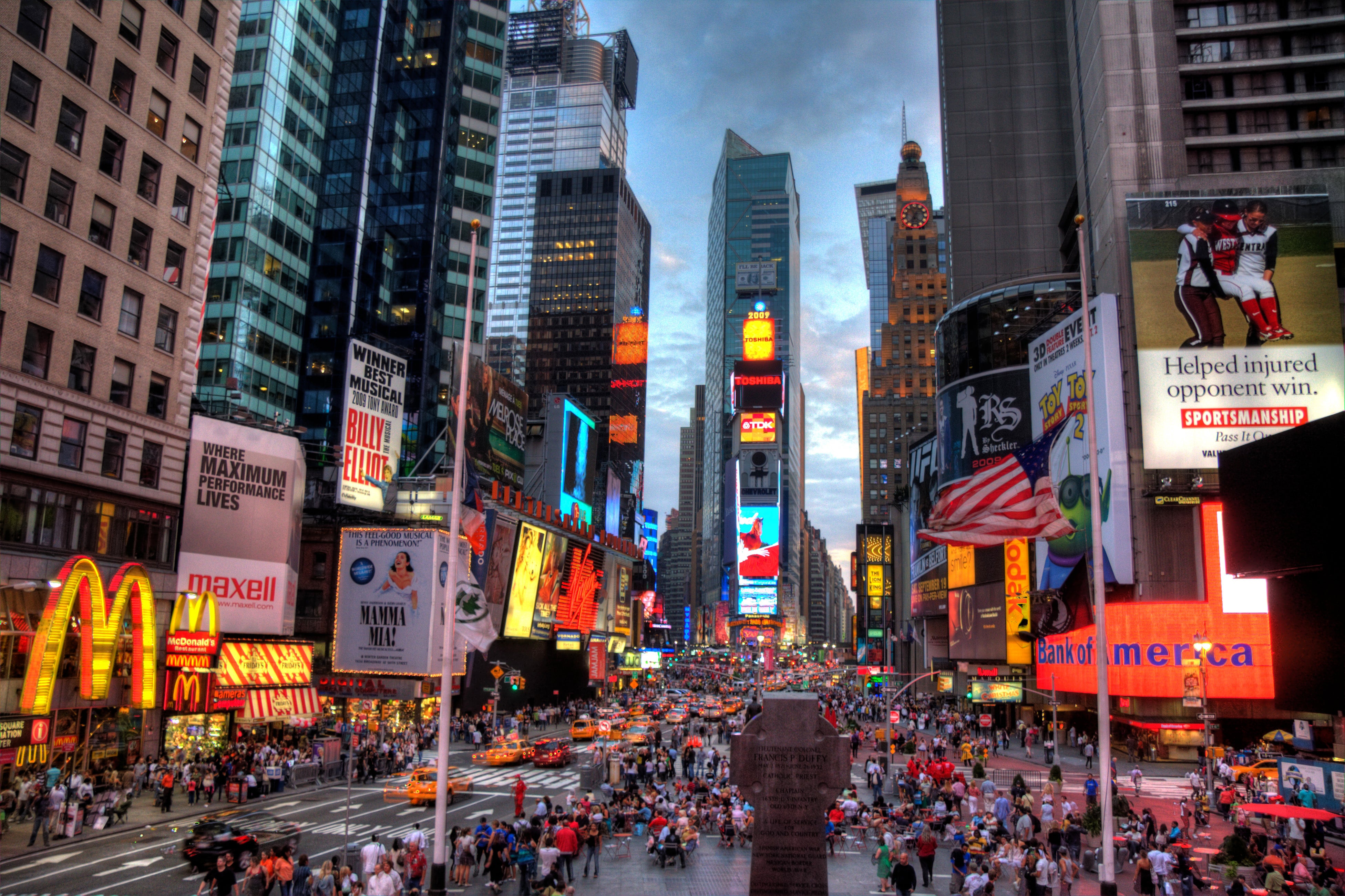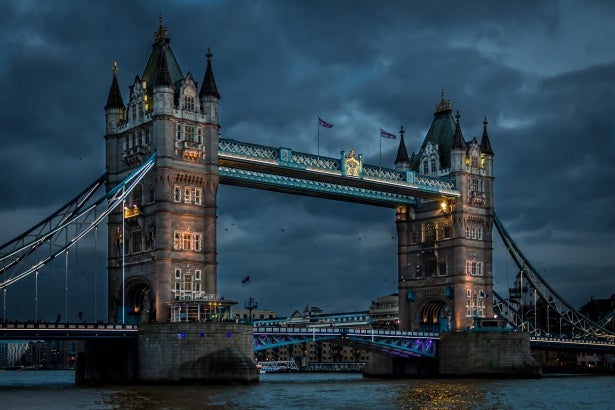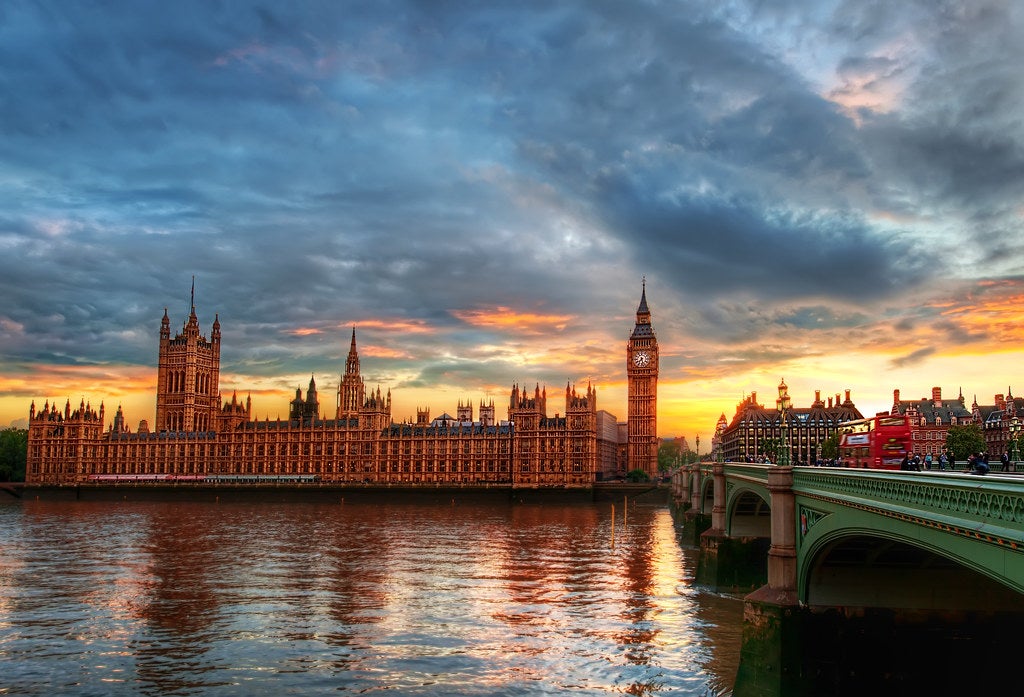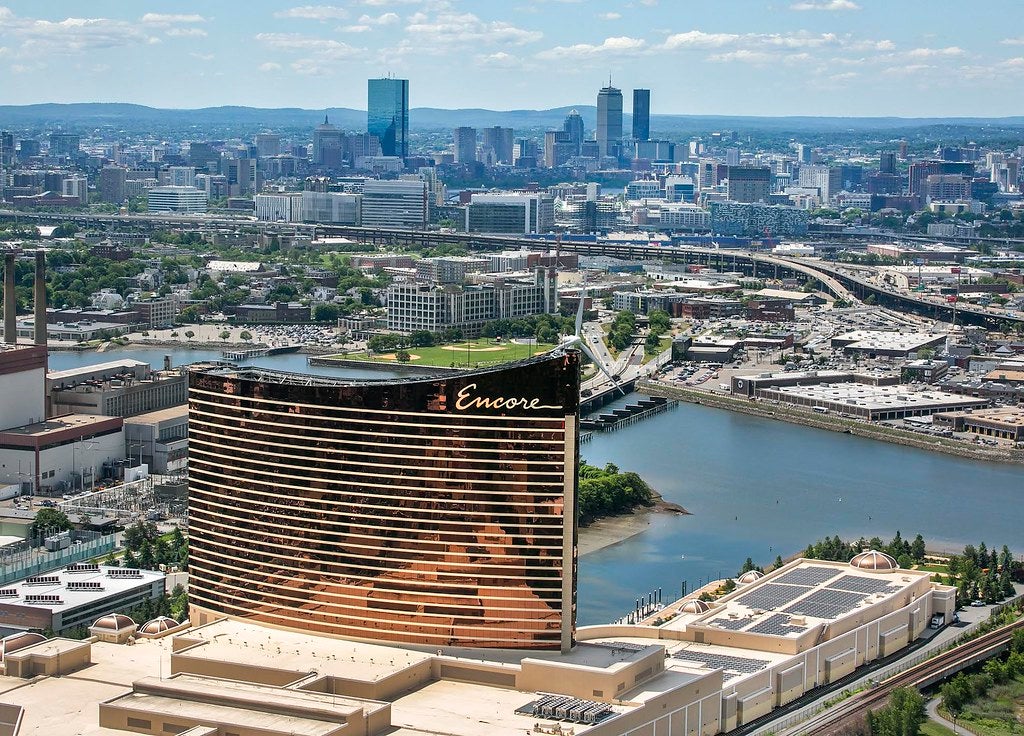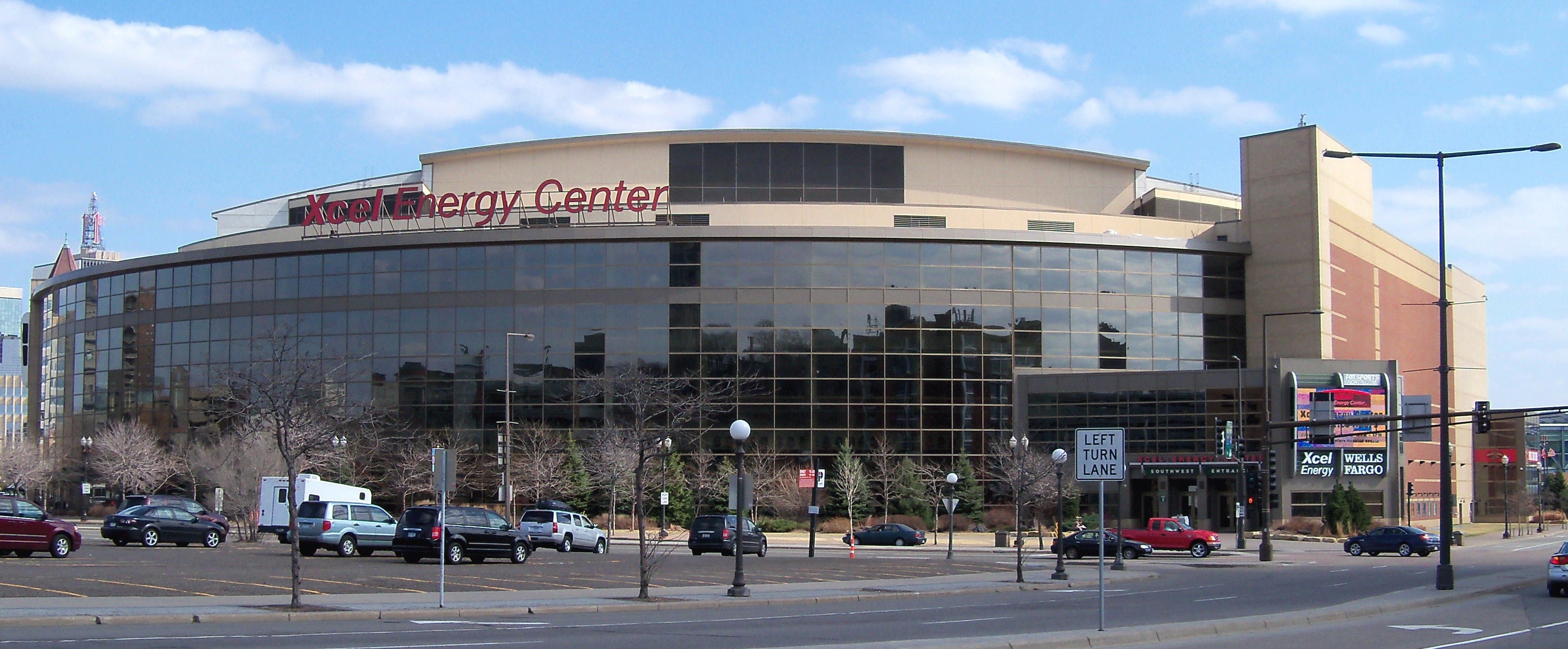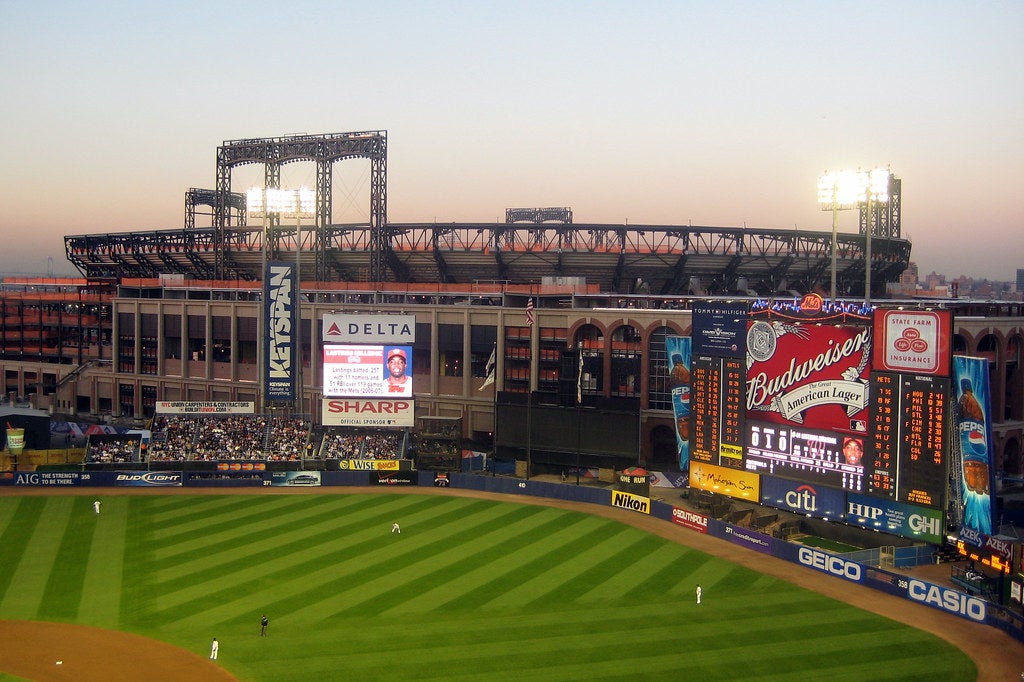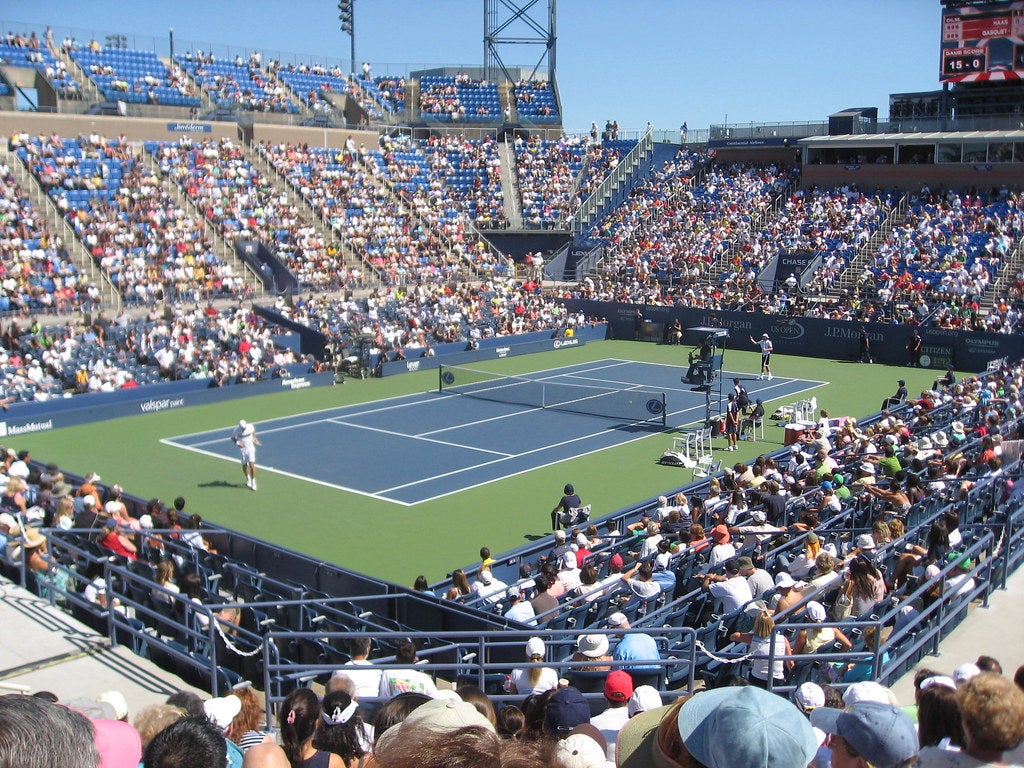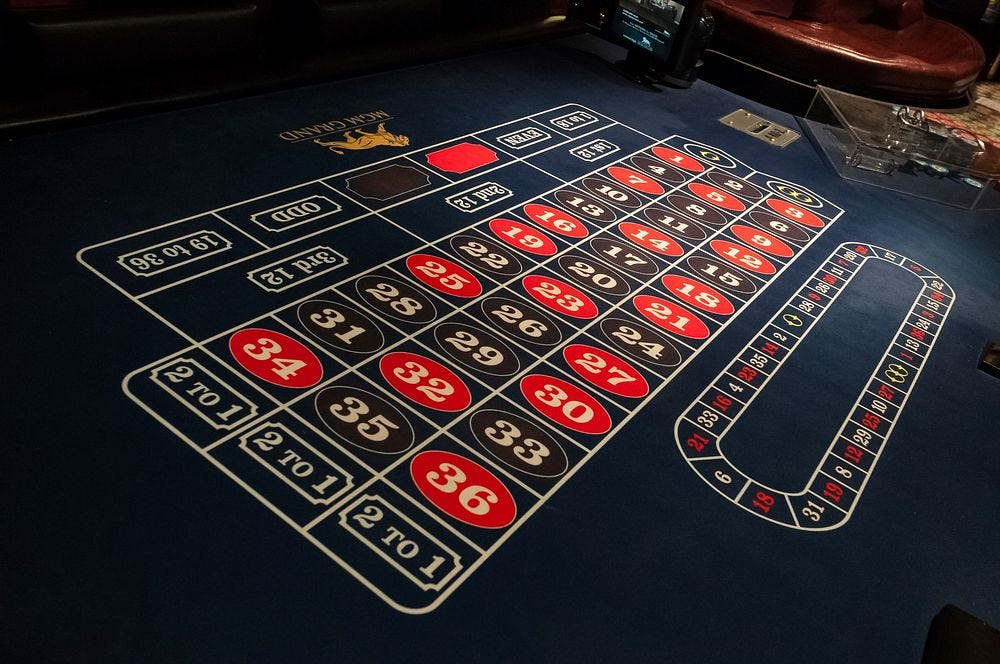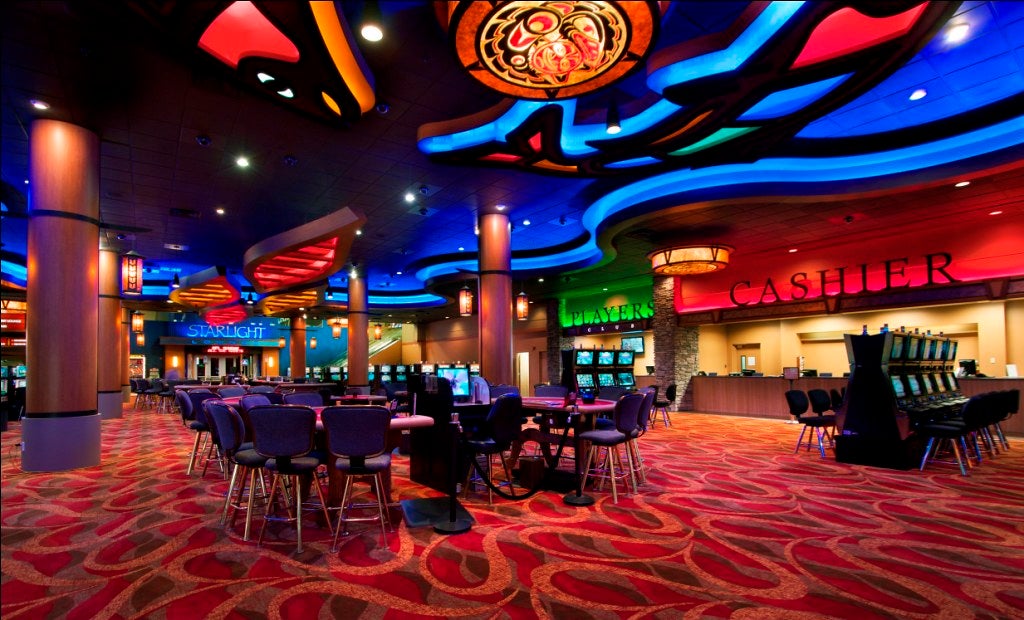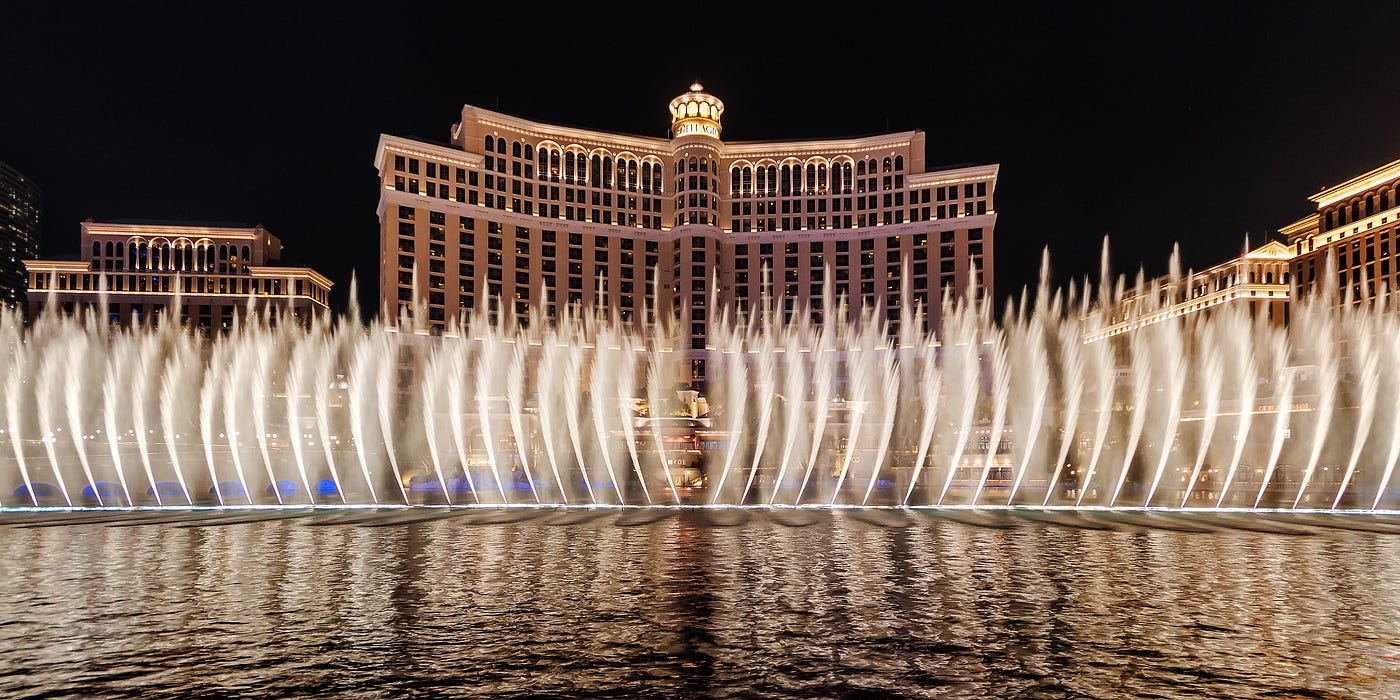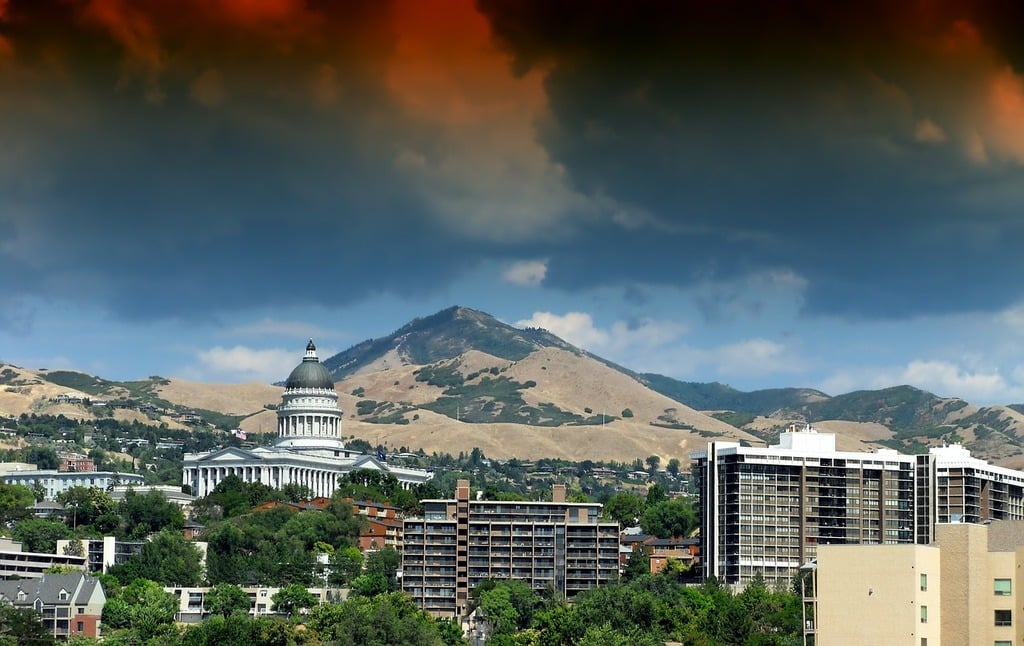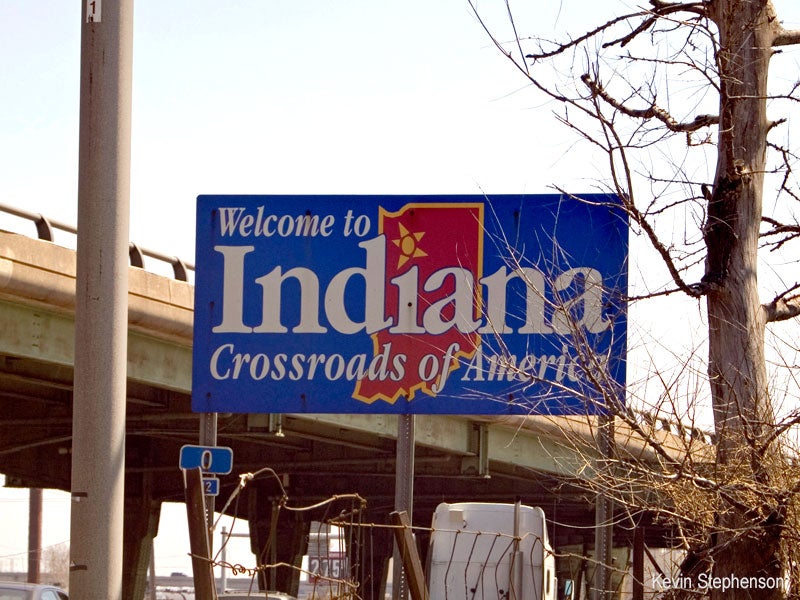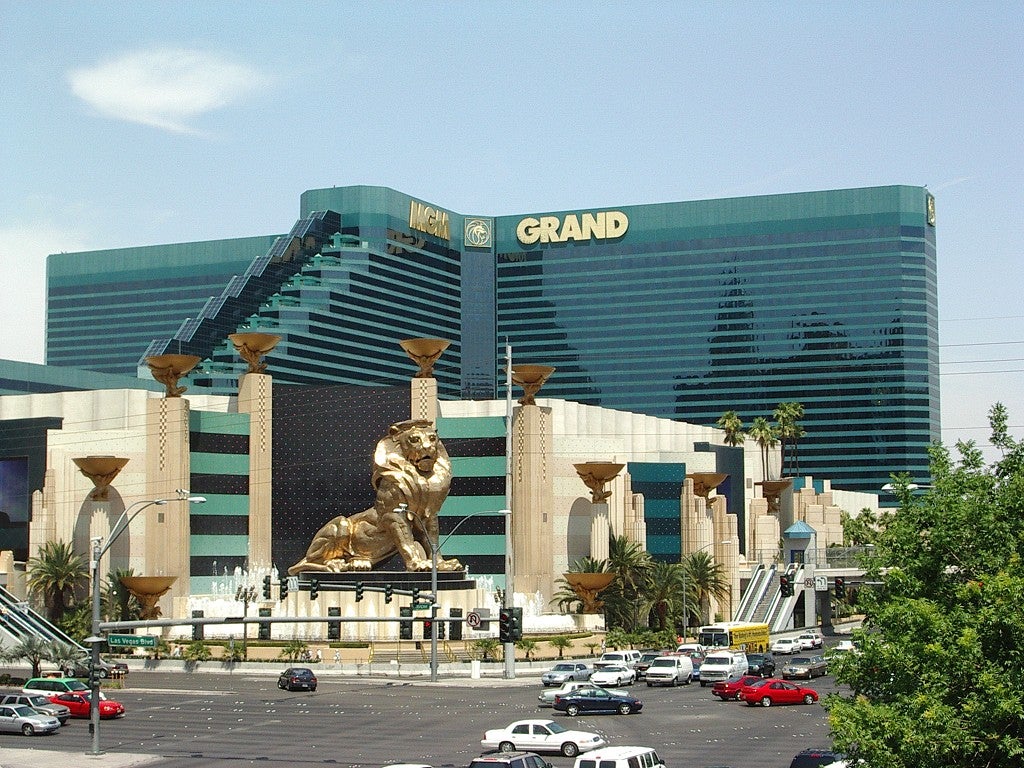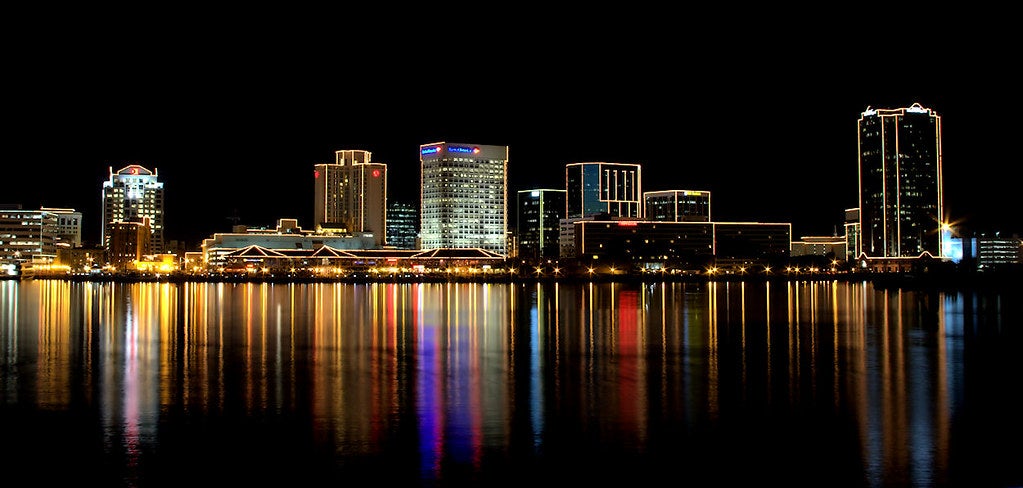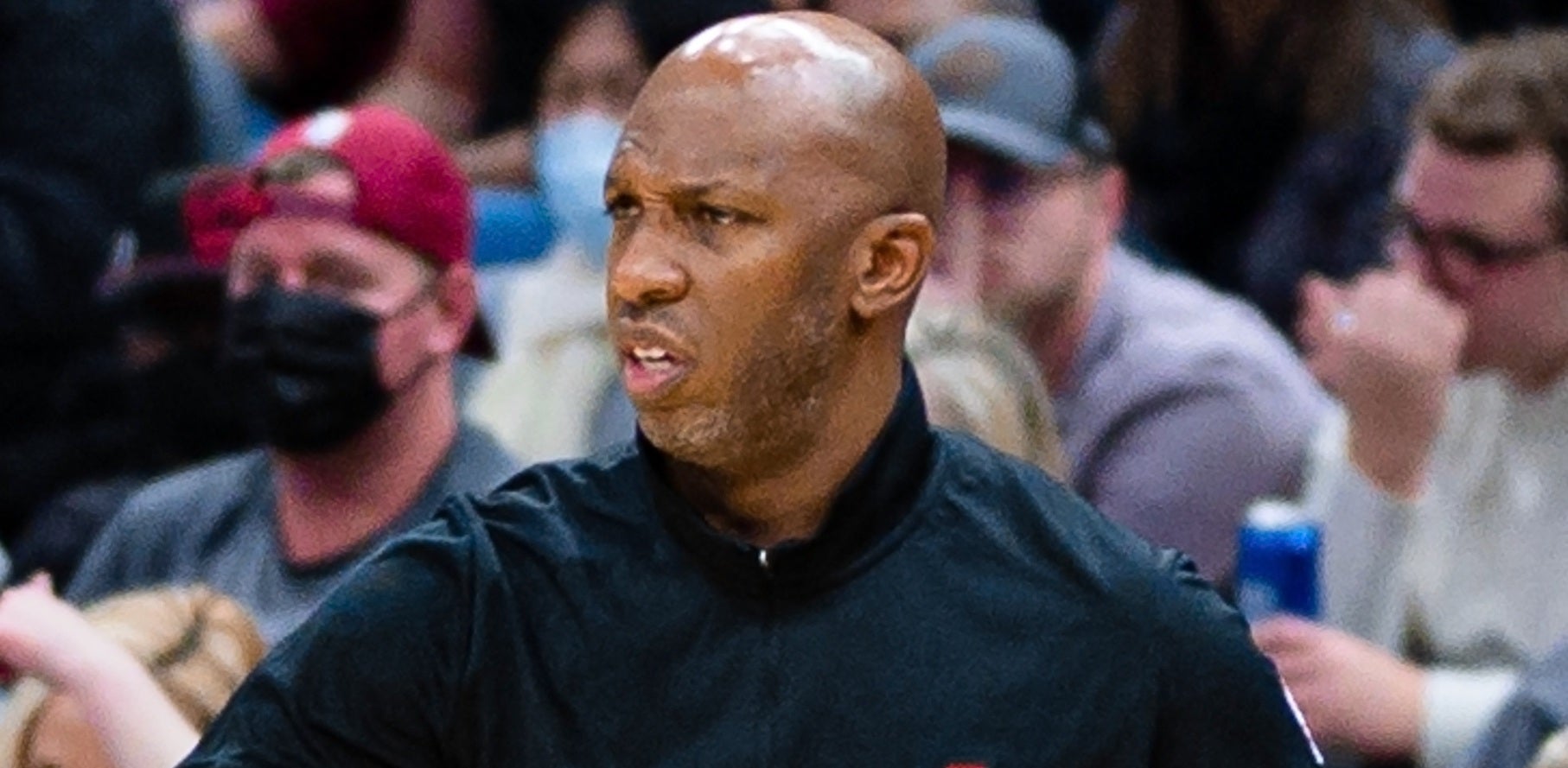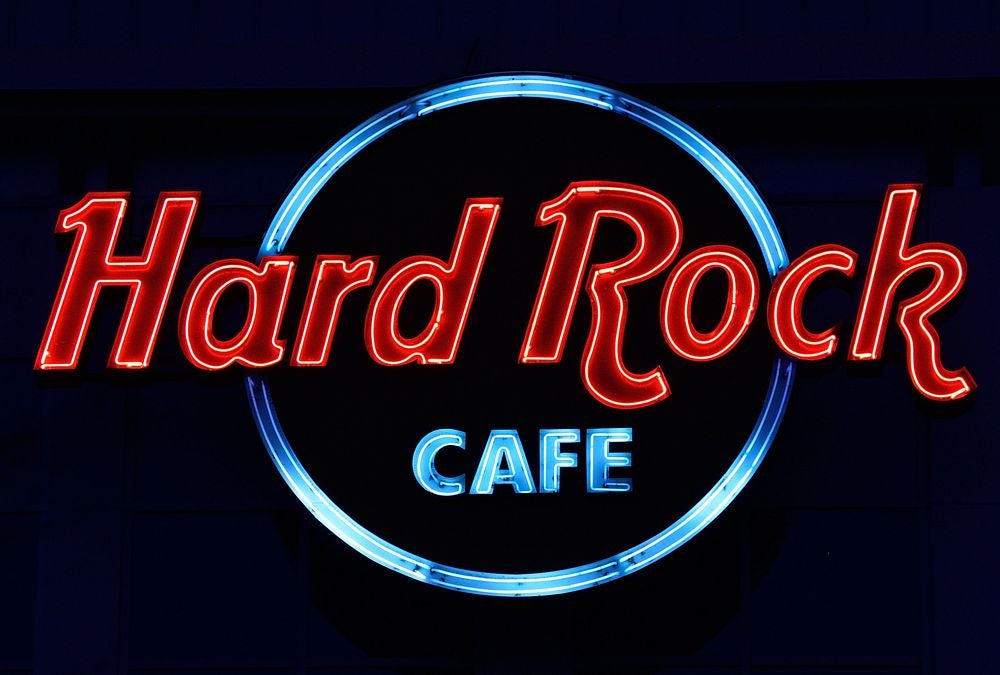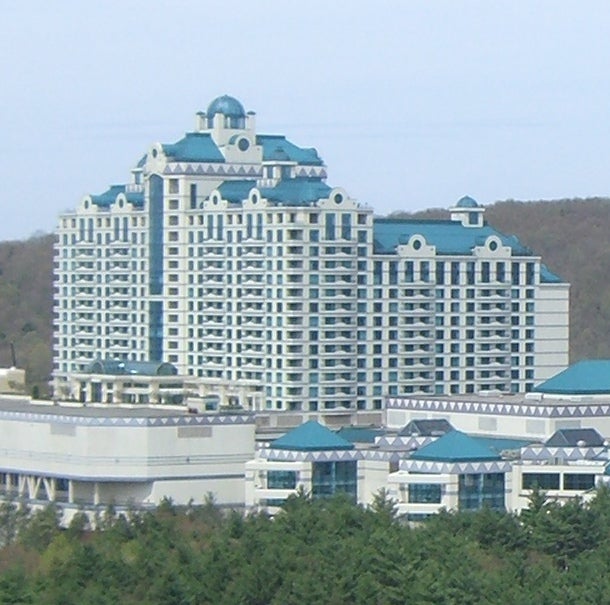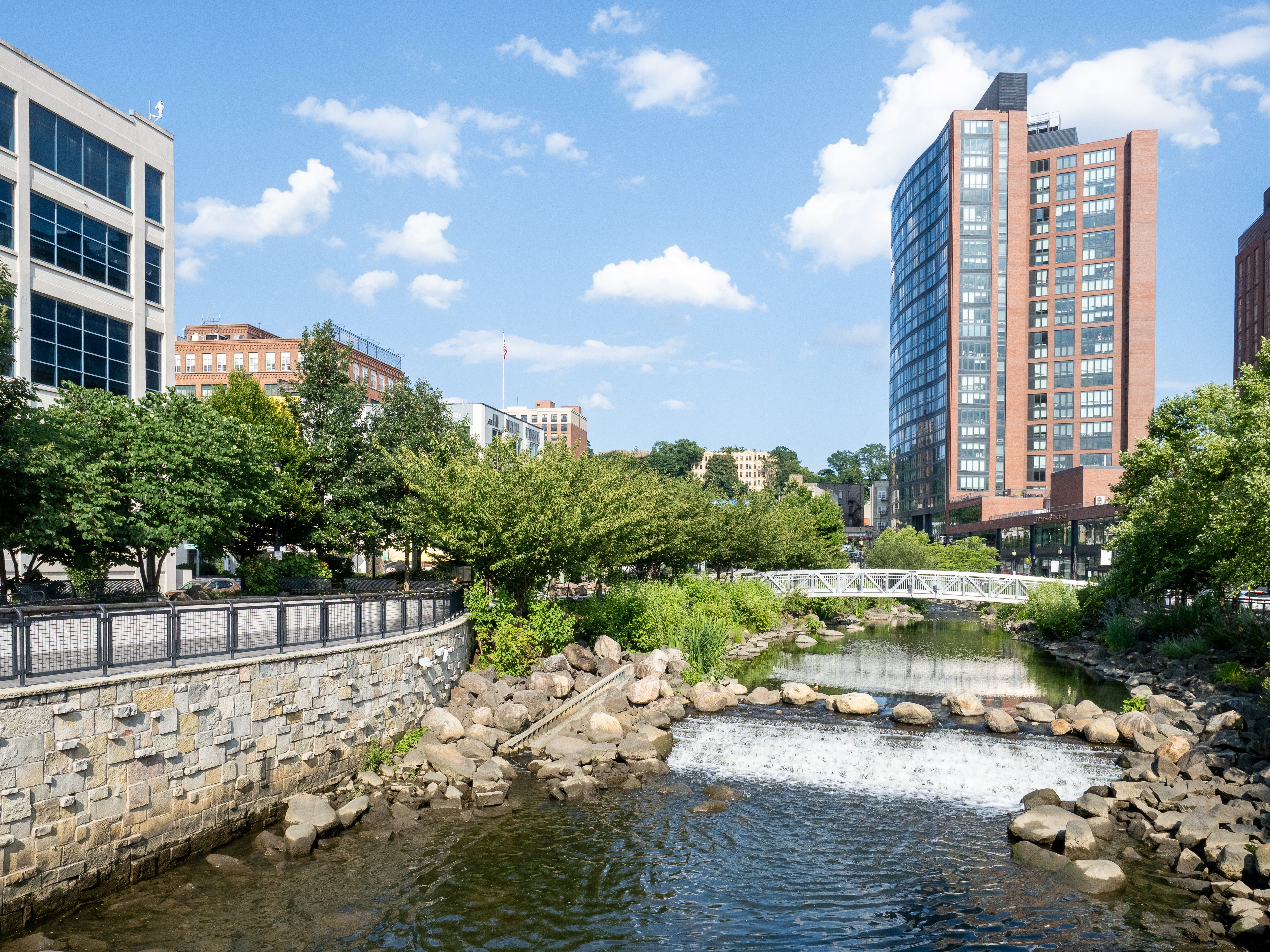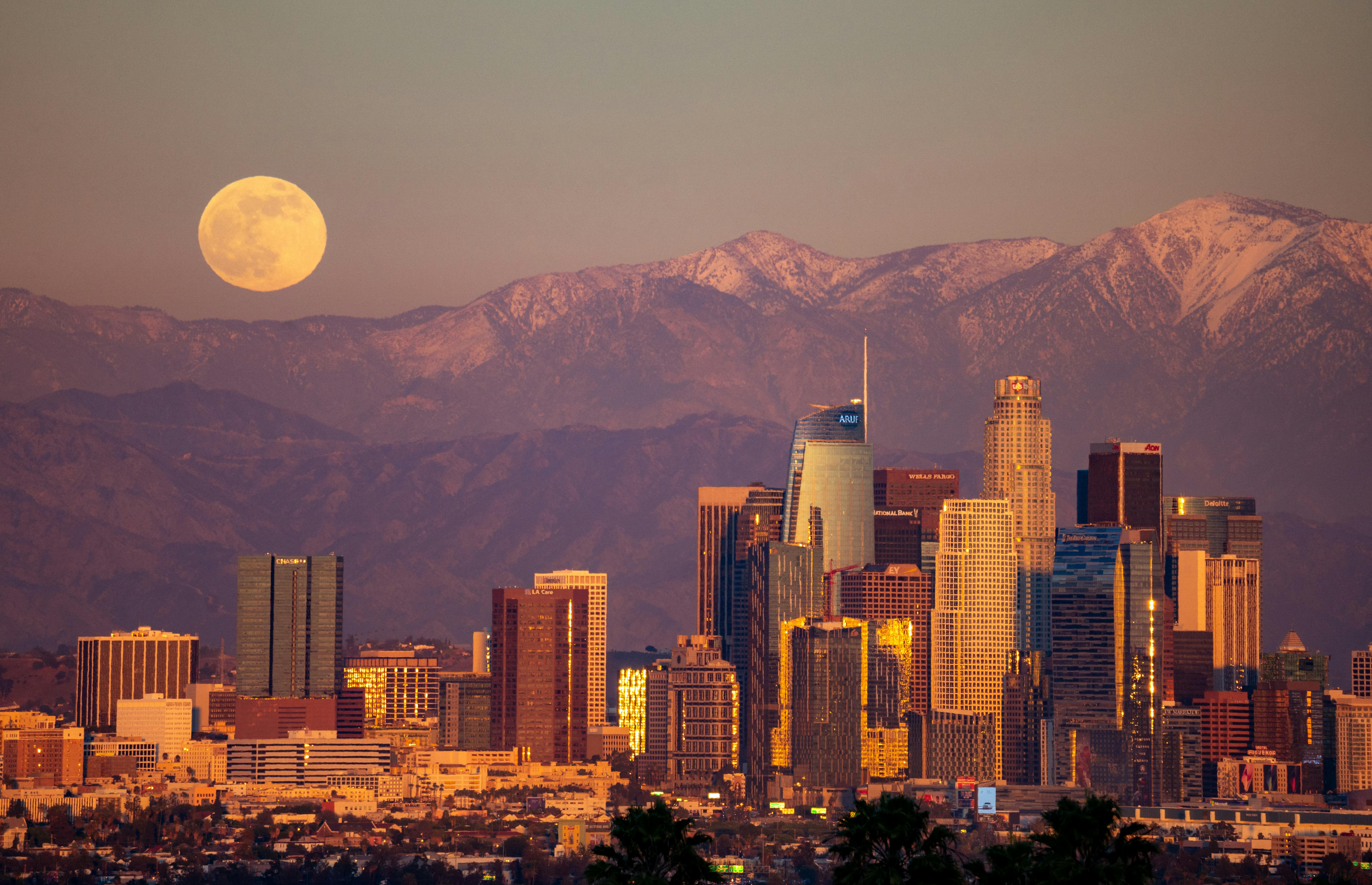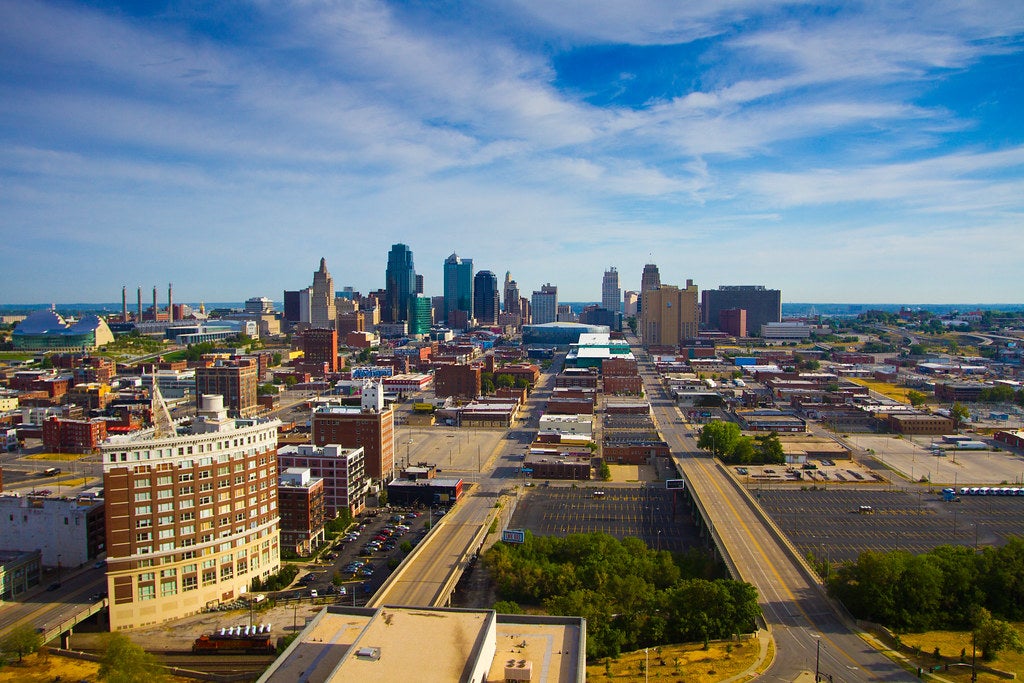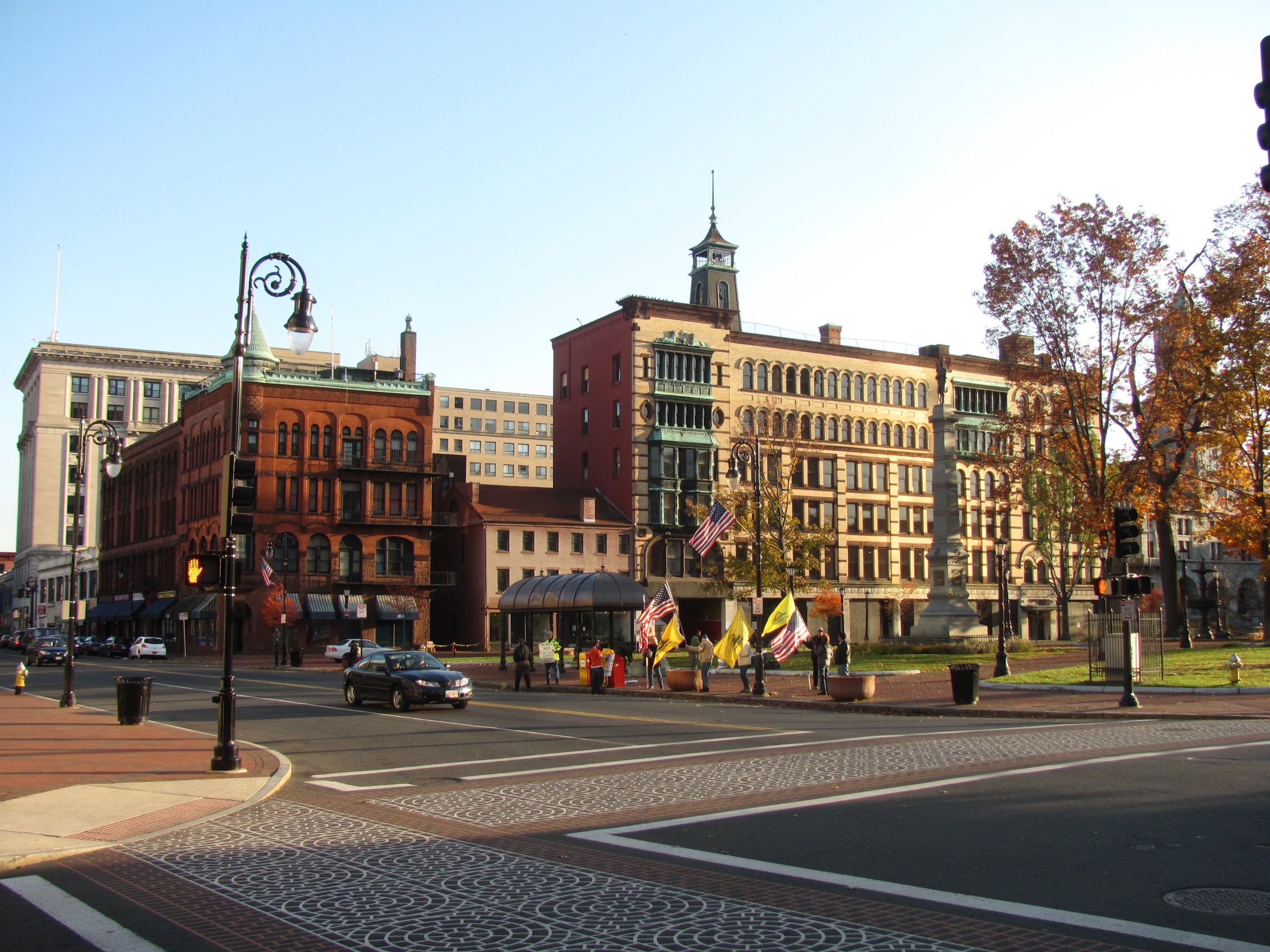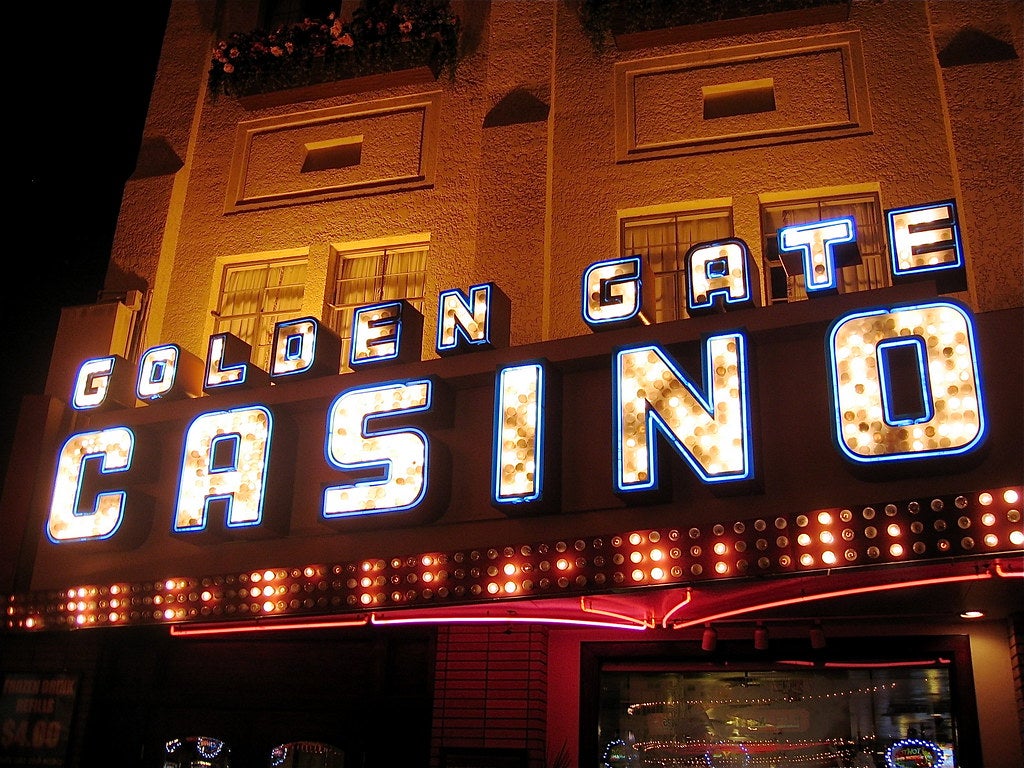Peeling back the curtain
Plans for the project state the casino and entertainment complex would occupy 1515 Broadway in the theater district of Midtown, Manhattan.
The project would redesign office space into a hotel-resort that included 992 rooms, a rooftop observatory, a wellness center, dining options, more than 150,000 square feet of gaming space, and nightlife entertainment curated by Roc Nation.
Renderings depict a lavish interior, including marble staircases, gold wall designs, and glass ceilings.
“With Caesars Palace Times Square, we are bringing an elevated entertainment experience to the world’s greatest entertainment district,” said Brett Herschenfeld, Executive Vice President at SL Green and project lead. “Our intention is to create a high-end, luxury destination that will attract high-income visitors and gamers from around the globe, as well as local New Yorkers.”
Renovating the existing office building would allow the developers to circumvent the costs associated with tearing down and rebuilding a new facility. It would also be less of a pain to the area due to the quicker turnaround.
The brain trust behind the project suggested it would generate more than $7 billion in tax funding in its first decade of operation, create 3,800 permanent jobs, and result in an additional $26 billion in economic funding to nearby hotels, theaters, restaurants, and retail outlets.
What’s to come?
Despite the opulent plans, the developers insist that Caesars Palace Times Square would not take after Las Vegas casinos. Customers would have to enter through a lobby and pass through security before they could go upstairs to the gaming floor, which wouldn’t be visible from anywhere on the street.
“[Hiding the gaming floor is] raising the barrier to entry and helping make this an intentional destination for gaming, not a place for impulse gamblers,” said Herschenfeld.
There also are no plans for retail stores anywhere inside the complex. The leadership group wants visitors to take advantage of other retail stores in the area so that they don’t disrupt the local economy.
Casino operator’s license applications, along with a non-refundable $1 million application fee, were due on June 25. The next step for each project is to receive a two-thirds majority vote from a six-member Community Advisory Board, whose votes are due on Sept. 30. Projects that receive the proper support will advance to the final round by the Gaming Facility Location Board.
Projects chosen to receive licensing would have to pay a $500 million licensing fee and a minimum $500 in public investment.
.svg)

